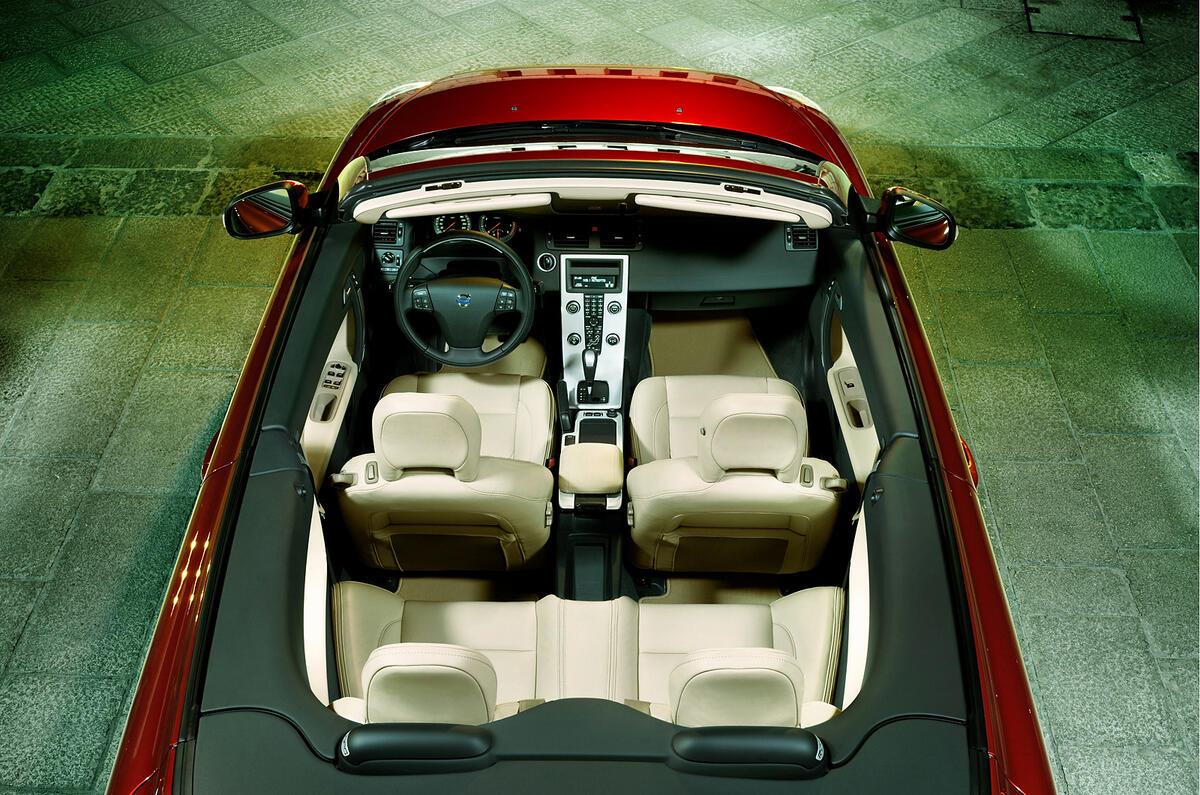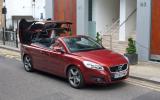Just like its predecessor, the all-new Volvo C70 comes as both coupé and convertible. This time, however, thanks to a neat folding metal hard-top, it takes only one car to fulfil both rolls.
The new C70 is very different from the first-generation coupé and convertible, introduced in 1997, but although Volvo’s saying it is ‘all new’ it shares a great deal of its architecture with other models from the manufacturer.
The C70’s underpinnings are the same as its sister models, the S40 saloon and V50 estate. Both S40 and C70 share the same wheelbase, but the C70 is a little longer, although it is placed in the middle of its key rivals – shorter than the Audi A5 Cabriolet and longer than the Volkswagen Eos.
The C70 is also in the minority, with most of its competitors featuring a fabric roof. The upside of the hard-top is that there is very little wind noise at speed and good thermal insulation – this is a car developed with a respect for the cold of Swedish winters. Inevitably, there’s a downside, which is limited boot space.
used Volvo C70 2006-2013 cars for sale


































